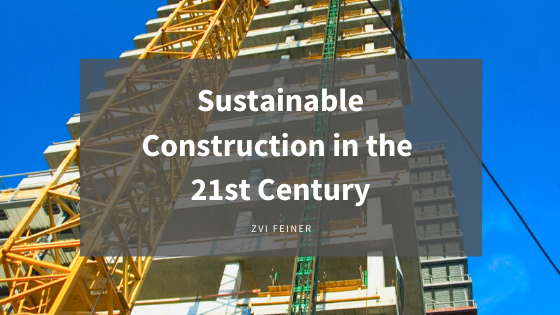Amid concerns about climate change, consumers and companies alike have begun to look for ways to be more environmentally friendly. Enter eco-friendly construction.
What Is Eco-Friendly Construction?
Ecological construction utilizes methods that are resource-efficient and less harmful to the environment than traditional methods of construction. It arose as a response to how environmentally dangerous conventional construction can be.
Eco construction goes beyond just the type of materials used. The mindset covers elements of construction that you might typically think of, including material transportation and how materials are treated and chemical emissions, among other factors.
Of course, the building material is essential. When it can be locally sourced, less energy is required to transport it to the build site. When architects and engineers work together, they can design buildings that take into consideration natural elements, including those that can be used to benefit a building. Even allowing trees to remain rather than removing them during construction can provide shade if they are on the right side of a building to block the sun. Furthermore, recycled materials are less harmful to the environment.
While the planet will reap the benefits of ecological construction, people may also benefit. For example, recycled paper insulation can be quite effective at protecting a building and its contents from the elements and is much safer than the asbestos-based insulation that can lead to health concerns in people. Similarly, toxic solvents, lead-based paints, and chemicals that were once used to treat wood have resulted in respiratory and skin conditions.
On top of that, when companies thoughtfully design their buildings can save money. Consider solar panels, which reduce the reliance on carbon-based energy, can provide all or some of a building’s power needs, depending on its size. Some homeowners have even found that they can connect their homes to the grid and sell back unneeded energy that their solar panels generate. Collecting and reusing wastewater can further reduce utility bills.
Several companies have begun experimenting with eco-friendly construction, producing unique test sites to test their usability and sustainability over time. However, moving to environmentally friendly development on a larger scale will require designers, architects, and building owners to work together to reduce a building’s carbon footprint during and after construction.

